₦14,000.00
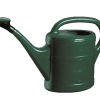
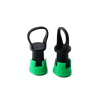
₦19,463.75
Irrigation Sprinkler (For Drip Irrigation)
₦22,967.50
Check our internet based store for water system sprinklers which are utilized in trickle water system frameworks for applying water to plants in a controlled way.
With this item, a uniform water application will be accomplished for satisfactory support of soil dampness proportion.
Thusly, ranchers will encounter uniform germination, improved yields from crops.
Likewise for uniform utilization of composts, including natural excrement application.
Long life expectancy, strong, and impervious to unfavorable atmospheric conditions.
Put in your requests now and we convey across the country.
Share:
Irrigation Sprinkler
Irrigation Sprinkler is a significant fitting in the trickle water system for the use of water and manures in a controlled way.
Plants, similar to people, need to take food (supplements) and water to a suitable extent and this is by and large the thing water system sprinklers do.
Utilizing this item, we are certain you will encounter higher yield efficiency and productivity.
Elements of water system sprinkler
Simple to introduce and destroy.
Simple visual activity.
Comes in 1/2-inch or 1-inch sizes
Can cover 3-4 meters
Low activity pressure, in this manner energy saving.
Climate amicable.
Tries not to filter soil and manures in groundwater.
Long life expectancy, sturdy, and impervious to antagonistic atmospheric conditions.
Makes ideal microclimatic conditions.
Irrigation Sprinkler
A dribble water system is here and there called a stream water system and includes trickling water onto the dirt at exceptionally low rates from an arrangement of little distance across plastic lines fitted with outlets called producers or drippers.
Water is applied near plants with the goal that the main piece of the dirt in which the roots develop is wetted, not normal for surface and sprinkler water systems, which includes wetting the entire soil profile. With dribble water system water, applications are more successive (typically every 1-3 days) than with different strategies and this gives a truly good high dampness level in the dirt in which plants can thrive.
Benefits of Drip Irrigation
Manure and supplement misfortune are limited because of a restricted application and diminished filtering.
Water application productivity is high whenever it is overseen accurately.
Field evening out isn’t required.
Reused non-consumable water can be securely utilized.
Dampness inside the root zone can be kept up within at field limit.
Soil type assumes a less significant part in the recurrence of the water system.
Soil disintegration is decreased.
Weed development is decreased.
Water appropriation is exceptionally uniform, constrained by the result of every spout.
Work cost is not exactly that of other water system strategies.
Variety in supply can be managed by directing the valves and drippers.
Fertigation can undoubtedly be incorporated with insignificant misuse of manures.
Foliage stays dry, diminishing the gamble of illness.
Typically worked at a lower tension than different kinds of compressed water systems, decreasing energy costs.
Frequently Asked Questions About Irrigation Sprinklers:
What is an irrigation sprinkler?
An irrigation sprinkler is a key component in a drip irrigation system, used to apply water and fertilizers in a controlled manner. It delivers water directly to the base of plants, mimicking natural rainfall.
How does an irrigation sprinkler benefit my plants?
- Increased yield and productivity: By providing a consistent water supply directly to the root zone, irrigation sprinklers promote optimal plant growth and potentially lead to higher yields.
- Reduced water waste: Compared to traditional watering methods, drip irrigation with sprinklers minimizes water loss due to evaporation and runoff.
What are the features of a typical irrigation sprinkler?
- Easy installation and removal: Designed for simple setup and dismantling.
- Visual flow activity: Allows for easy observation of water flow.
- Available sizes: Typically comes in 1/2-inch or 1-inch sizes.
- Coverage area: Can effectively cover a radius of 3-4 meters.
- Low operating pressure: Saves energy due to lower pressure requirements.
- Weather resistant: Built to withstand various weather conditions.
Additional benefits of using irrigation sprinklers:
- Minimizes fertilizer and nutrient leaching: Delivers nutrients directly to the root zone, reducing contamination of groundwater.
- Durable and long-lasting: Constructed with sturdy materials for an extended lifespan.
- Creates ideal microclimates: Provides optimal moisture levels around the plant base.
What is drip irrigation?
Drip irrigation, also known as trickle irrigation, involves applying water directly to the soil at low rates through a network of plastic lines with outlets called emitters or drippers. This method targets the root zone, unlike traditional surface and sprinkler systems that wet the entire soil profile.
Benefits of drip irrigation:
- Reduced fertilizer and nutrient loss: Minimizes leaching due to targeted application and less filtration.
- High water efficiency: Optimizes water usage when managed properly.
- No need for field leveling: Works effectively on uneven terrain.
- Safe for using recycled water: Allows for the safe utilization of non-potable water sources.
- Maintains consistent soil moisture: Provides ideal moisture levels within the root zone.
- Less impact on soil type: Soil composition plays a smaller role in irrigation frequency.
- Reduced soil erosion: Minimizes soil degradation.
- Decreased weed growth: Limits weed development due to targeted watering.
- Uniform water distribution: Provides consistent water application across the irrigated area.
- Cost-effective: Requires less labor compared to other irrigation methods.
- Flexible application: This can be adjusted by controlling valves and drippers.
- Reduced disease risk: Dry foliage minimizes the risk of certain plant diseases.
- Energy savings: Often operates at a lower pressure than other pressurized irrigation systems.
Only logged in customers who have purchased this product may leave a review.

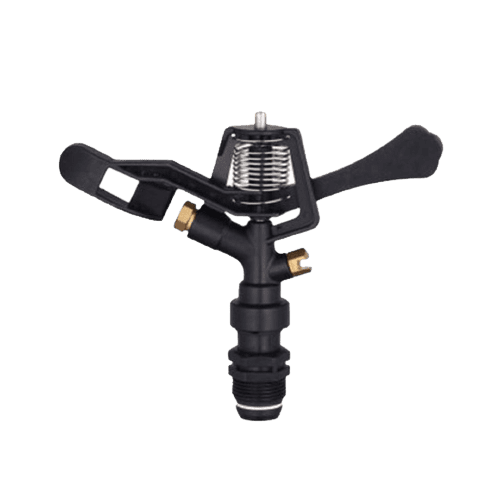
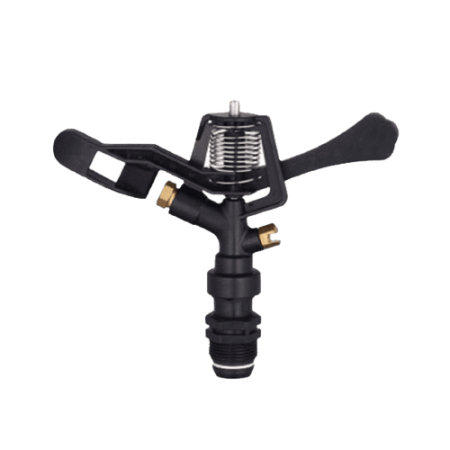
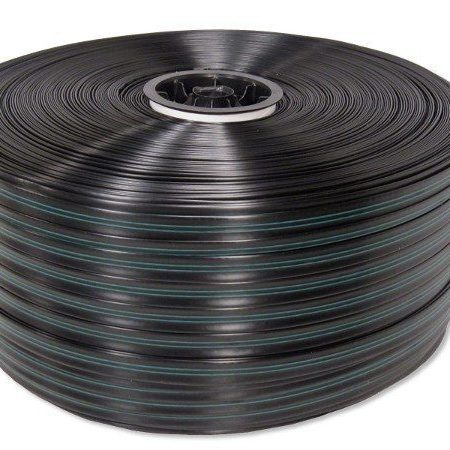
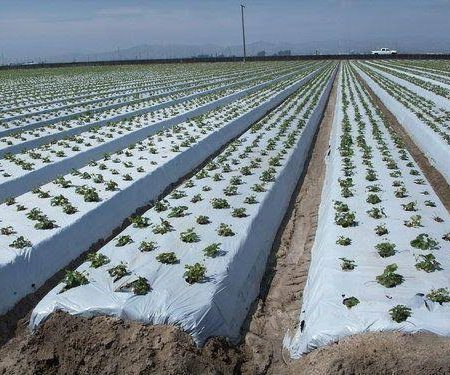

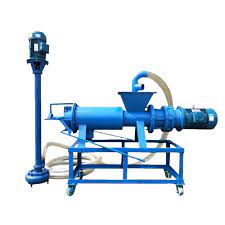
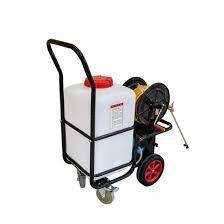
Reviews
There are no reviews yet.